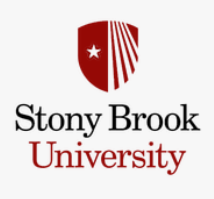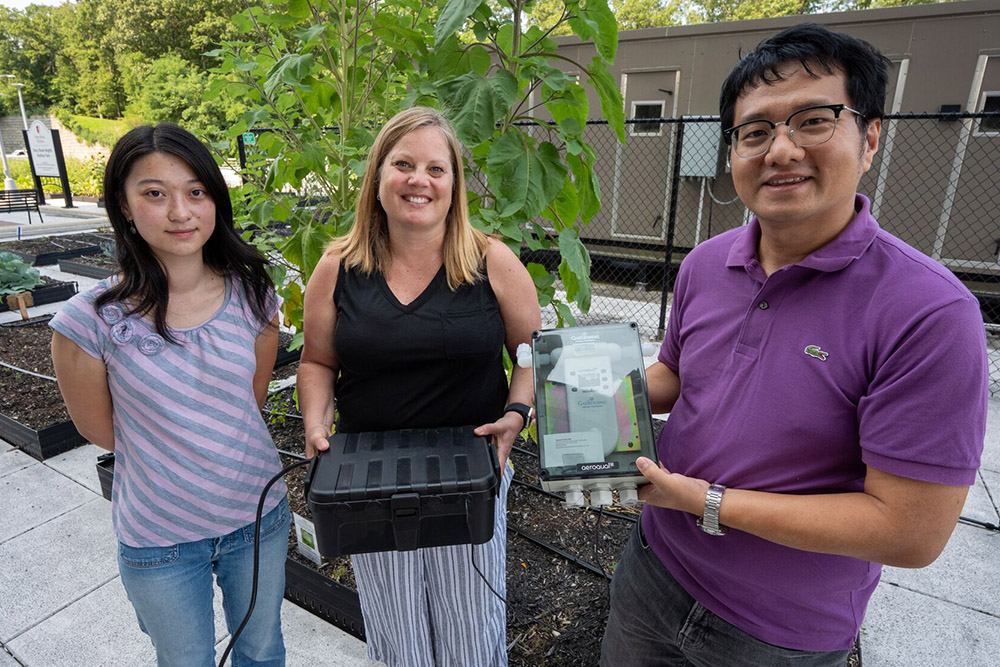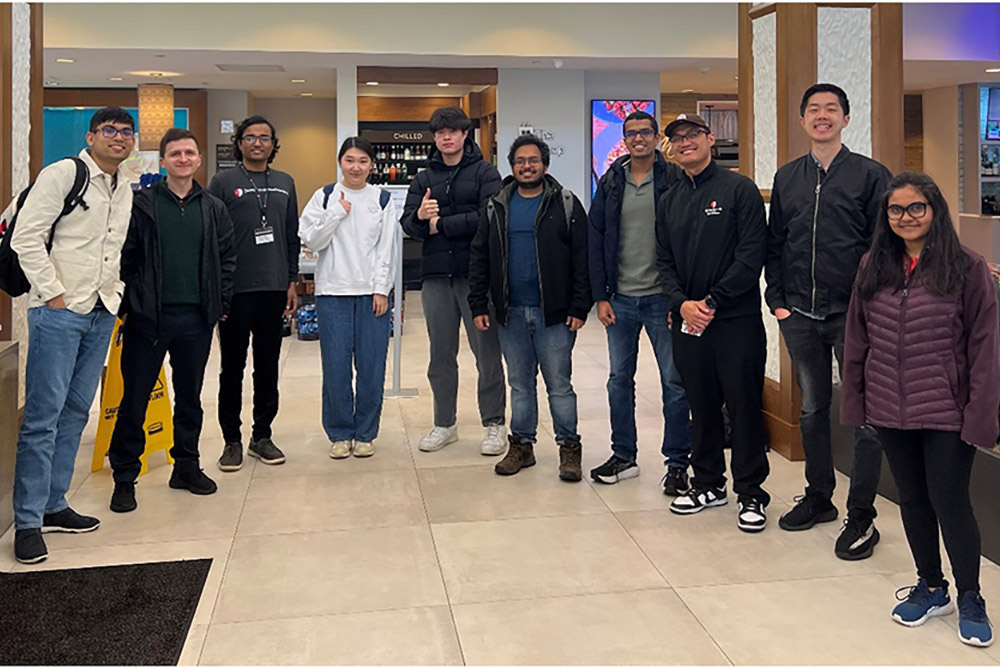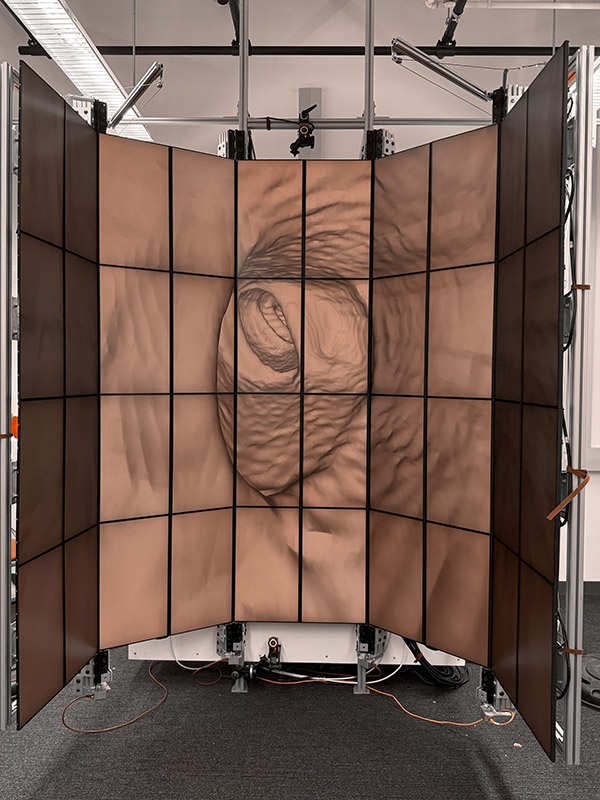A machine-learning algorithm spotted signs of “covert consciousness” in coma patients—in some cases, days before doctors could do so.
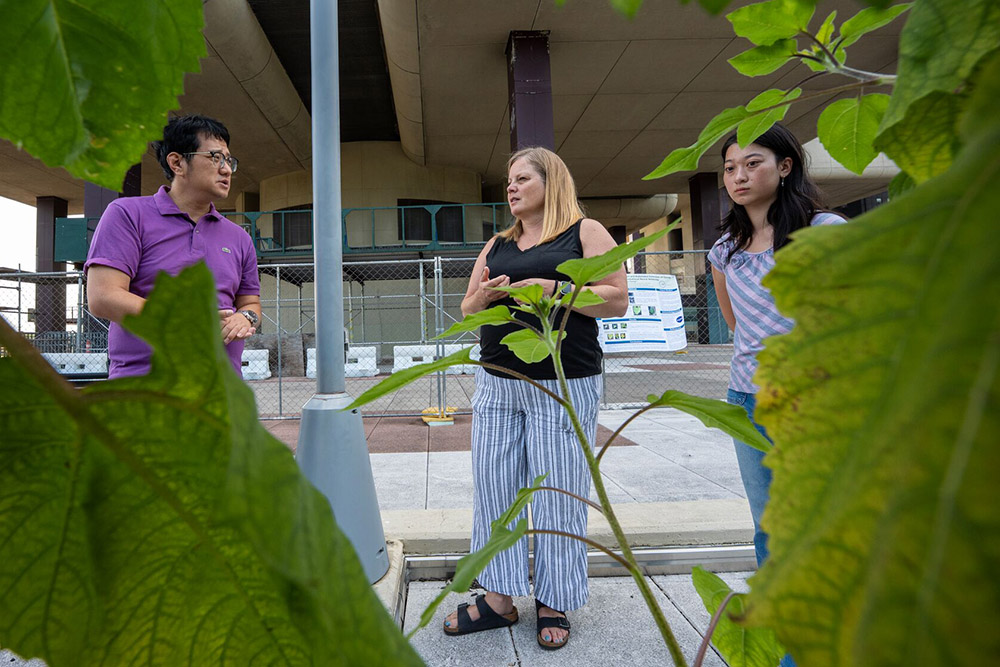
Assistant Professor Prateek Prasanna from the Department of Biomedical Informatics at Stony Brook University has received the U.S. National Science Foundation (NSF) CAREER Award for his project, “CAREER: Towards Gaze-guided Medical Image Analysis.”
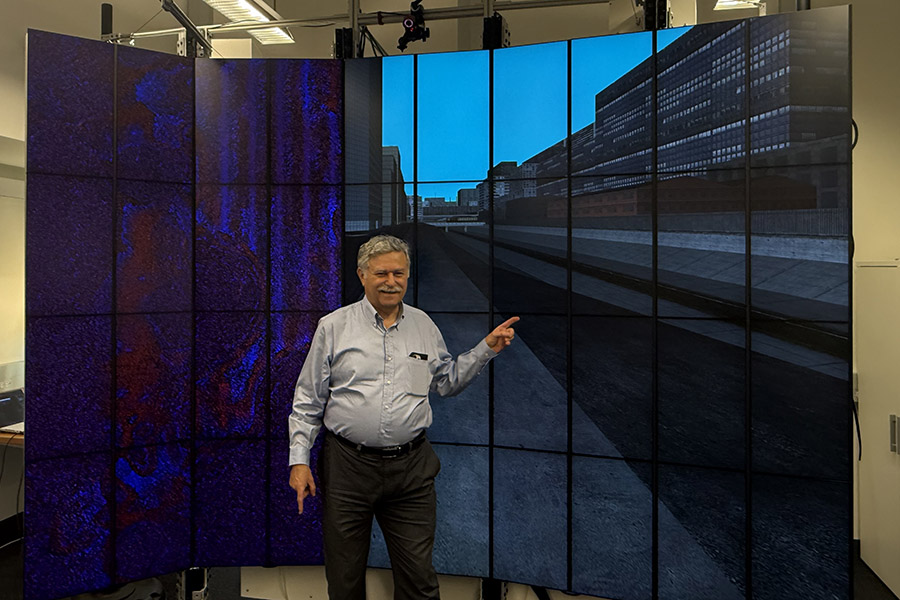
Dr. Joe Verghese comments on new AI products being developed in an attempt to reduce loneliness and bolster cognition.
This technology is especially beneficial for both patients at high risk for heart disease, such as those with hypertension, diabetes or family history of heart attacks, as well as those who have had prior heart testing, such as stress tests with inconclusive results or chest pain but no answers as it provides clearer insights and aids in more accurate decision making. FOX 5 NY's Richard Giacovis has the story.
As higher ed institutions embrace generative artificial intelligence tools, Stony Brook University’s library is spearheading efforts to help students and faculty learn how to use them in an ethical, responsible way.
The inaugural director of the Artificial Intelligence Innovation Institute, or AI3, Varshney will arrive at Stony Brook University in August from the University of Illinois Urbana-Champaign, where he has been a faculty member in the Department of Electrical and Computer Engineering. Varshney believes Stony Brook’s growth and commitment to AI are on an upward trajectory. “There are a lot of interesting initiatives," he said, "and the new institute will hopefully bring them together." He hopes to collaborate with members of the campus from medicine, the arts and sciences, engineering, business, and atmospheric sciences to develop AI-driven solutions that have a positive impact on society.
Lav Varshney appointed inaugural director of Stony Brook's AI Innovation Institute, effective August 1. Varshney most recently served on the faculty of the University of Illinois Urbana-Champaign’s Department of Electrical and Computer Engineering. His background blends work in industry, academia, government, think tanks, and national laboratories. Varshney’s leadership is aimed at building on the university’s role as a core partner in Empire AI, New York State’s $250 million investment in AI and computing. He will also support further collaborations with industry and work to identify unexplored research areas.


